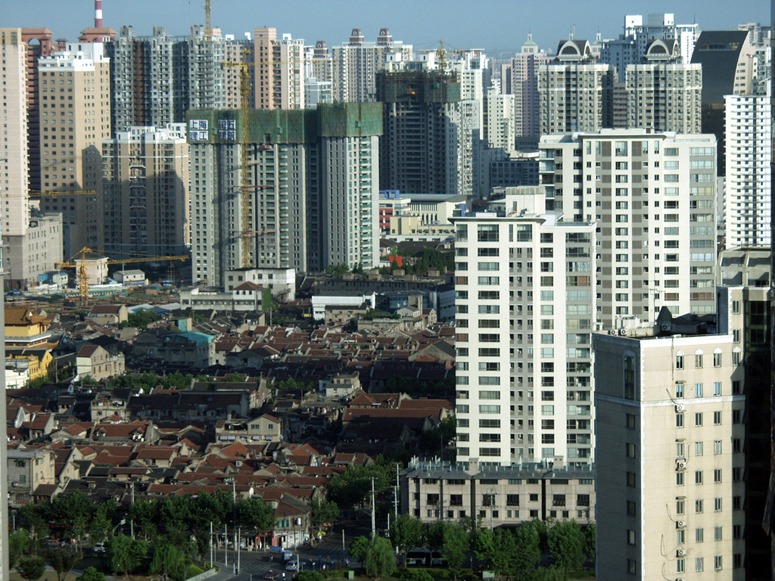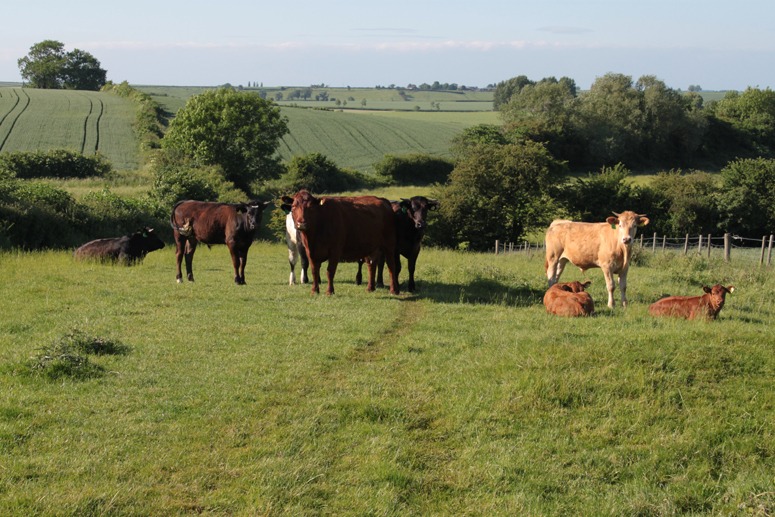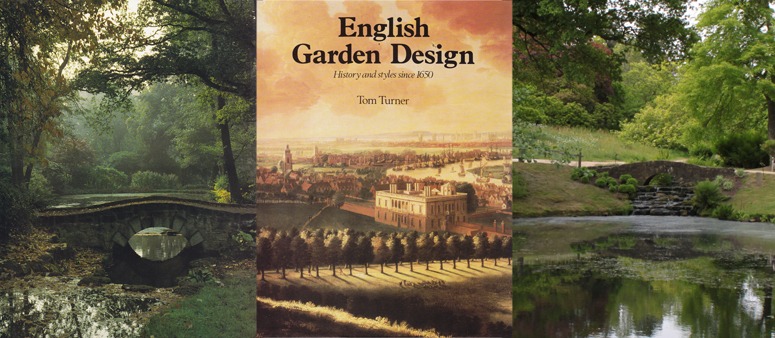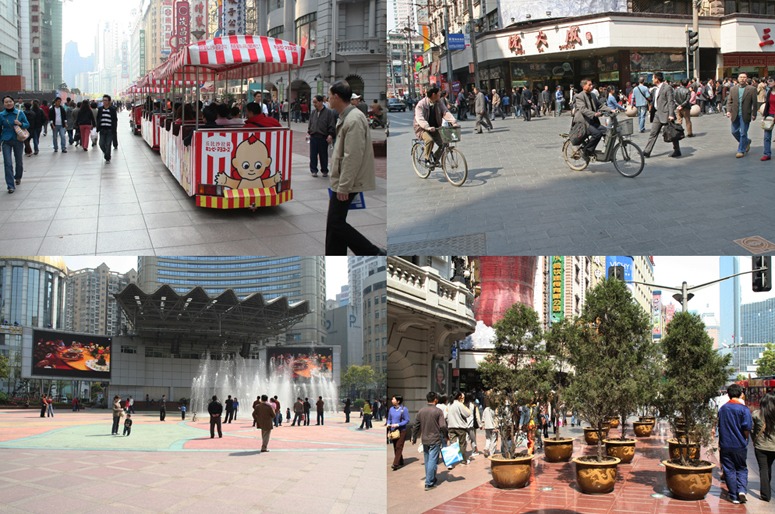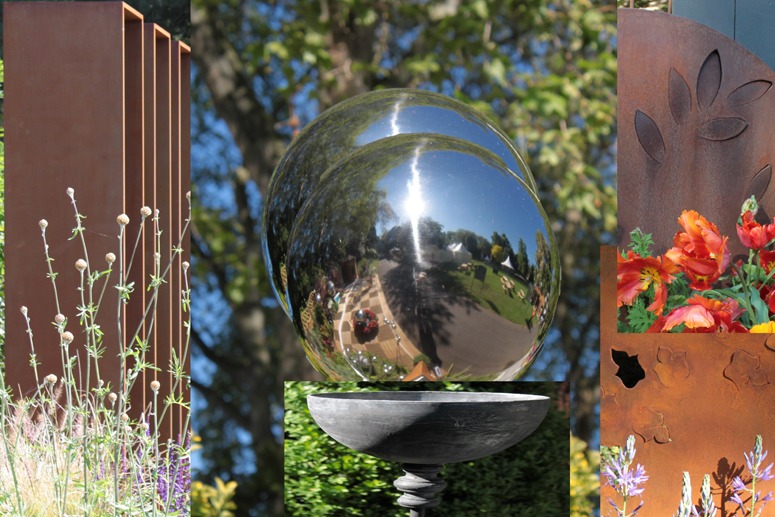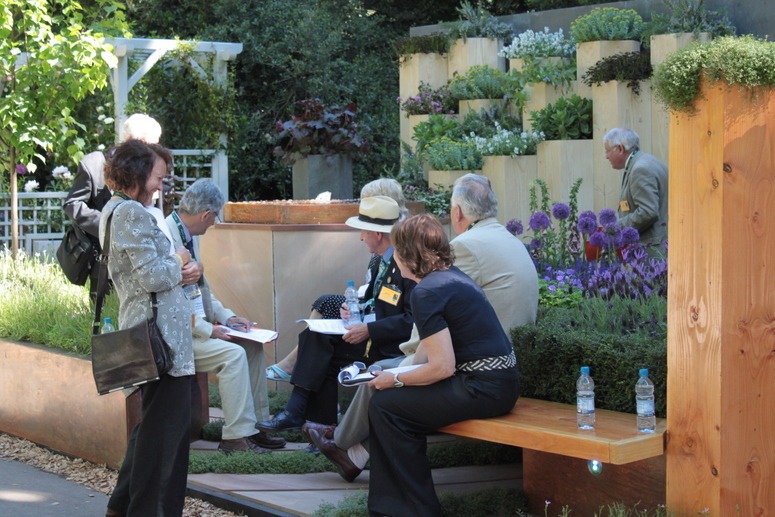
Judging garden designs for gold medals and Best in Show at the 2010 Chelsea Flower Show
Alan Titchmarsh set the scene on BBC2 (8pm on 25.5.2010) ‘Today at the world’s foremost gardening event… the eyes of football fans may be focussed on South Africa and the World cup… but… a garden medal here at Chelsea is as prized as any footballing trophy’. He then asked the Chair of the Judges, Michael Balston: ‘What makes this garden stand out as best in show for you?’. Balston replied ‘Well it satisfied all the criteria we need in order to make it a good garden in terms of impact in terms of design and planting and for us the colour works so well – I mean the contrast between the corten and the verbascum is something which just wow-ed us.’ Andrew Wilson, writing in the Telegraph from the standpoint of Chair of the Assessors explains that ‘The marking criteria include allowances for originality and the level of ambition inherent in what the designer is trying to achieve. They include percentages for overall design quality or character, the sense of theatre which is important in show garden design (these are not real gardens) which is often to be viewed from outside the garden boundary. Marks are also given for construction and the appropriate use of materials in accordance to the brief and for planting design, associations and quality. All of these considerations are related back to the brief and the fundamental design intention as identified by the show garden designer, not simply decided at the whim of individuals or panels of judges. In this way the system delivers a mainly objective view rather than a wholly subjective response.,,. The panel is made up of designers, contractors and horticulturists.’
My respones to the above are (1) Michael Balston is a designer but his criteria are inadequate: good gardens should have the Vitruvian virtues: Commodity, Firmness and Delight (2) John Sales was neither a designer nor a design critic (3) Andrew Wilson is a designer and a critic but wrong in his view that design judgment can be ‘mainly objective’ (4) the designer’s ‘brief’ is a red herring which should not feature in the assessment process (5) considerations relating to use of plants and materials are akin to judging a World Cup team by its turnout and strip (6) all the members of the judging panel should be design critics (7) I would not want the Pulitzer Prize to be assessed by printers or the Turner Prize to be judged by paintbrush manufacturers (8) there should be
no contractors or horticulturalists on the judging panel for the Chelsea Show Gardens –
unless they are also good design critics
See review of
2010 Chelsea Flower Show

